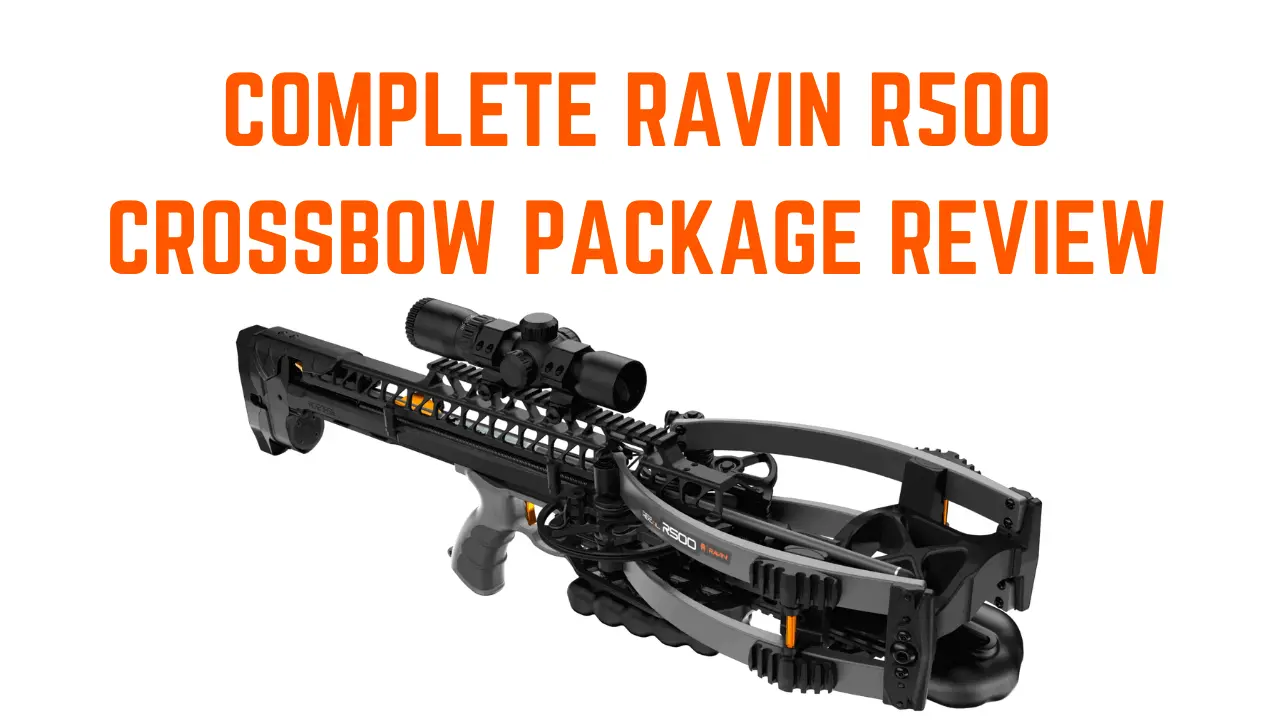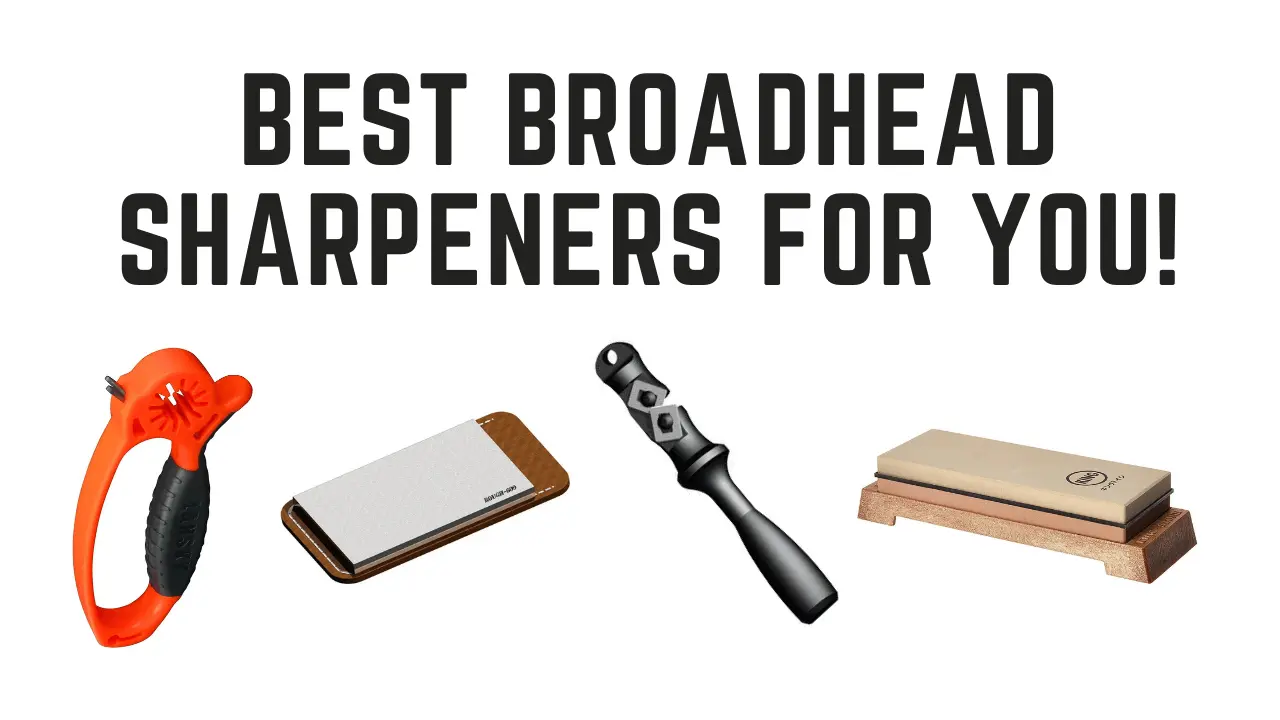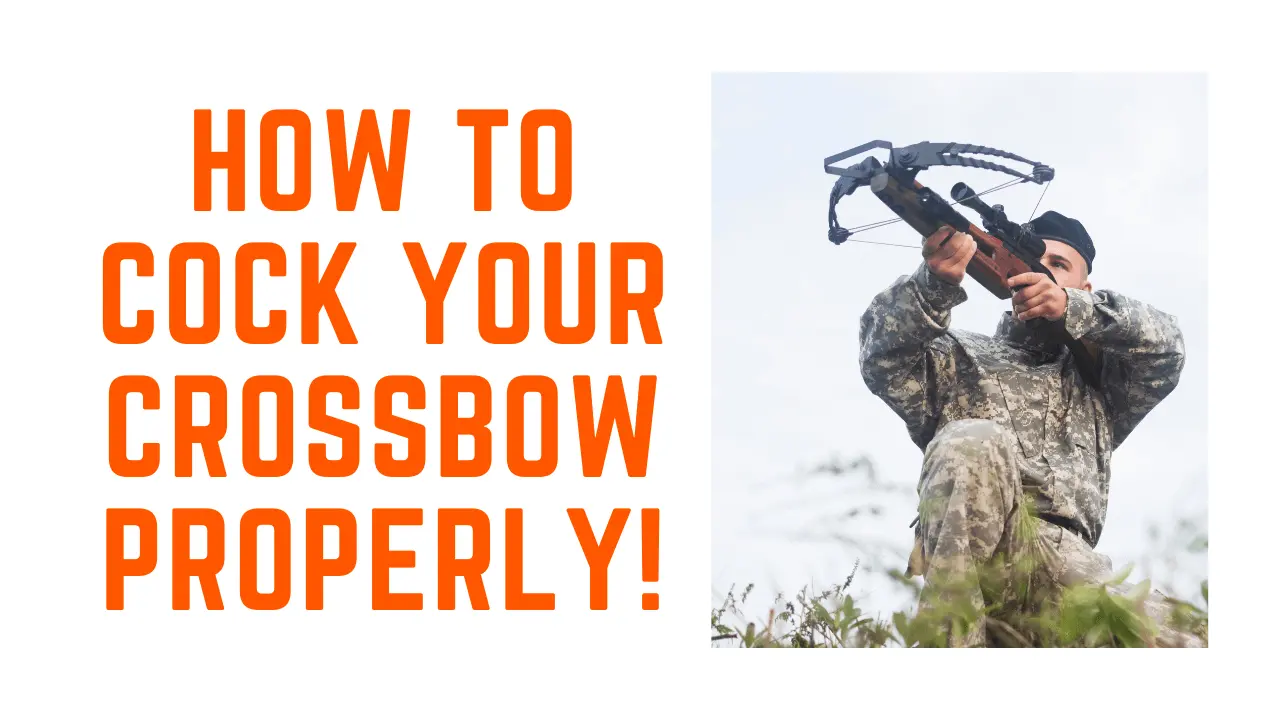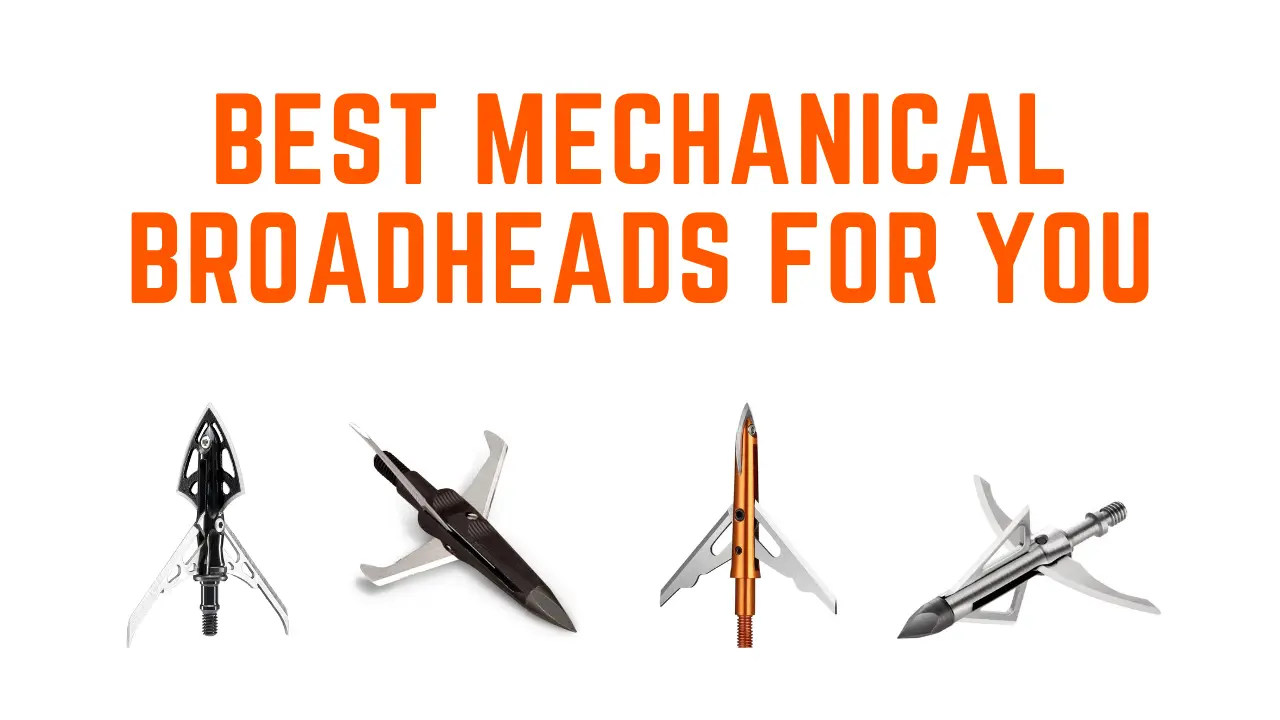Crossbow vs Compound Bows: Which is Best and Why?
There has always been a great debate regarding the winning side between crossbow vs compound bows. Some hunters think that modern crossbows are better, while some always side with the vintage compound bows as their winning pick.
What about power and speed, which a compound bow lacks? Does this mean opting for a compound bow isn’t a good idea? No, not at all.
Both have pros and cons, which can only be unveiled once you understand how these bows work. So, without wasting more time, let’s move on to define compound bows and crossbows to compare them better.
What is a Compound Bow?
Compound bows are more advanced and accurate thanks to a few improvements in the traditional design. Unlike traditional bows, compound bows use the levering system via wheels (cams) and cables.
The cam system helps the user gain an advantage which allows the limbs of the compound bow to be more powerful and stiffer than the traditional recurve or longbows. This stiffness means that more energy is stored and less energy is wasted in limb movement, increasing accuracy. Additionally, a bowstring can be pulled to full draw with less force reducing the draw weight dramatically.
Furthermore, when you have fully drawn the bow, you don’t need to hold back all the force and can aim for a longer duration. And when you release the string, the cams accelerate faster than the draw weight. This feature, known as “let-off, ” allows you to handle the shot more easily.
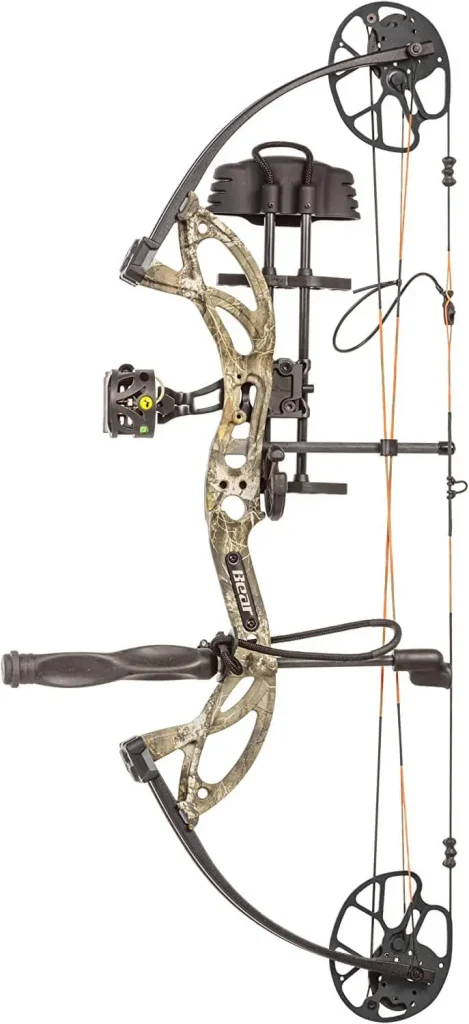
There are dozens of more features in a compound bow that you should look at before purchasing. These features include power stroke, axle-to-axle width, weight, stocks, noise, cocking mechanisms, triggers, sights, scopes, draw weight, and price.
Feeling confused already? No need to because you will understand these features better as we move on.
What is a Crossbow?
When nothing worked out for the Chinese during the 7th century, they invented the crossbow. However, they weren’t widely used. They were mainly invented using a metal rod and a horizontal frame, and since then, we have witnessed many different designs of crossbows that even have a sight scope.
It is generally true that all bows operate on the same principle, but crossbows require less time and effort to pull back the string. As opposed to compound bows, crossbows shoot bolts that are shorter.
The bolts are loaded on the frame and are held back by the bowstring. When the trigger is released, the bolt flies toward the target.
This whole practice requires less physical strength than normal compound bows and helps increase accuracy. Some features which are worth looking at before purchasing a crossbow are;
Type of Eccentric System, cocking system, IBO and FPS speed, axle to axle length, draw length range, stocks, draw weight, riser styles, limb styles, and price. Apart from that, there are many different types of crossbows available now.
Types of Crossbows:
Following are the different types of crossbow
1. Recurve Crossbows:
Recurve crossbows look like traditional versions of bows mounted on a solid frame. These crossbows are lighter than other versions and are ideal for hunting in stealth.
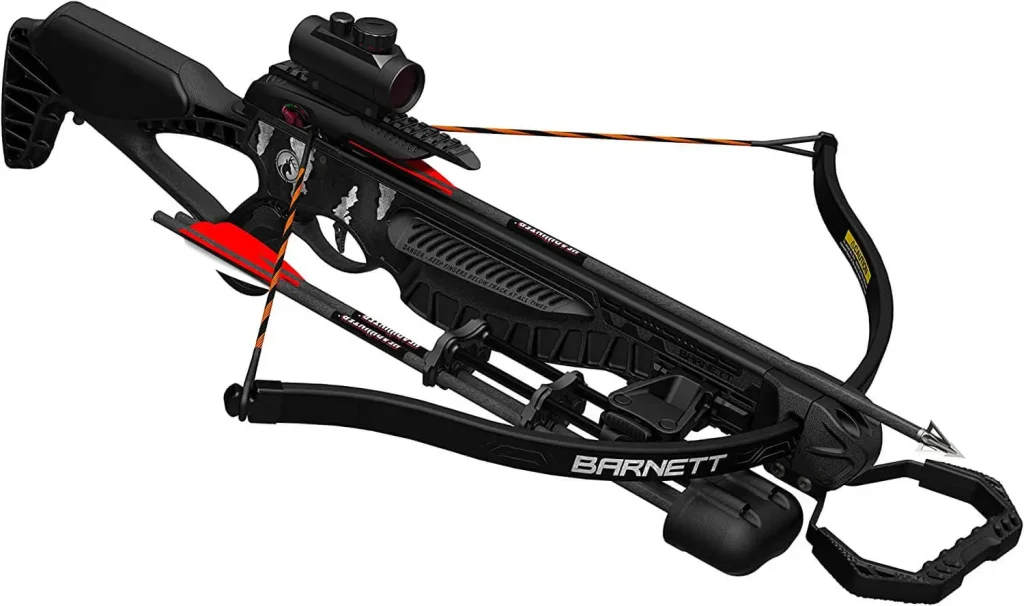
2. Compound Crossbows:
The compound crossbows are better than the traditional recurve crossbows as their system is made smooth by the use of cams and pulleys, and their shots make the bolts fly even faster.
Most hunters now use compound crossbows due to their ease of use and accuracy.
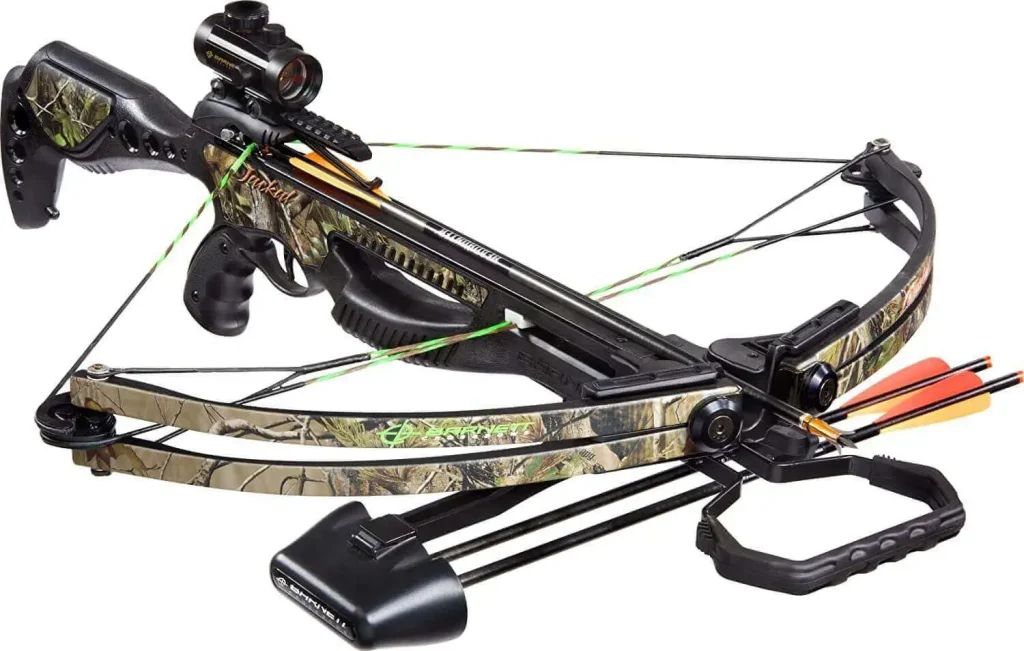
3. Pistol Crossbows:
Pistol crossbows are lighter than both recurve and compound crossbows and are smaller in size. They can only be used for small games and have low power, so they can be used for fun and indoor activities as well.
Now you know the basic difference between crossbows and compound bows, let’s see how they vary in different parameters.
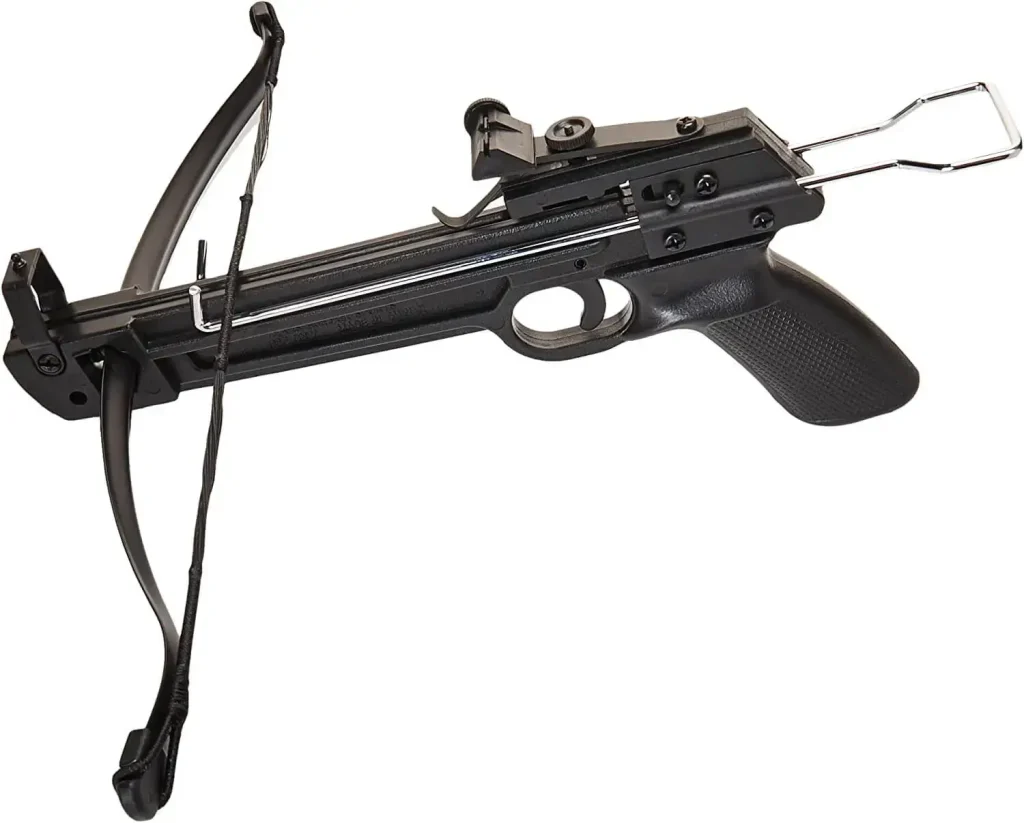
Shot Energy
We know that professional feel you get by shooting fast, but a bow’s shot energy is important for an effective hunt. If you want to know the shot energy for the comparison between crossbow vs compound bow, simply check out the kinetic energy of that specific bow.
Crossbows and compound bows have fps (feet per second) to explain their shot energy. However, we recommend you use (FPKE) foot-pounds of kinetic energy as it is more accurate in telling how powerful a shot can be.
Moreover, the compound bow uses an IBO standard that allows the users to compare compound bows with a single standard. This IBO standard in easy language is the speed of a 350-grain arrow released from a 70-pound bow with a 30-inch draw length. The speed is then measured with a chronograph, and the FPS rating is written on the product box.
However, the crossbows don’t have such a standard. Usually, the FPS ratings are accurate. Regardless, the actual result may vary due to dozens of factors like the weight of the bolt, broadhead, etc.
With all that discussed, which is faster, a crossbow or a compound bow?
The fastest compound bow has been witnessed, hovering around the max speed of 350FPS. In contrast, even the most inexpensive crossbows can easily surpass the limit of 370FPS, with better ones exceeding 400FPS.
Which is why the winner for the comparison between the crossbow vs compound bow is the crossbow.
Portability
Discussing portability, anyone with a basic understanding of bows and archery will prefer a compound bow as it is easy to carry and lightweight.
With a similar opinion, we would also tell you that it also depends on the hunting conditions. If you are going to be hunting and going after your prey for long distances, it is recommended to opt for the compound bow. In these situations, using a crossbow can be exhausting since its weight will wear you down as you stalk your game for a long time.
Therefore, the compound bow wins when it comes to portability when comparing crossbow vs compound bow.
Range
The answer to this one is quite simple. An average compound bow can shoot up to 100 yards and has an effective range for targets that fall between 30-60 yards. Remember that this also depends on the quality of the bowstring and the person who is shooting.
However, in the case of crossbows, many can shoot up to 2-300 hundred yards but aren’t that effective in long ranges. Most crossbows can shoot with maximum accuracy for targets up to 80 yards away.
So in terms of range, the crossbow is the clear winner.
Accuracy
Determining the best one in terms of accuracy can be a tough call.
In the case of a compound bow, the string must be held back while aiming, which may tire you and make your aim inaccurate. However, since the bow is lightweight, it shouldn’t be that difficult to take proper aim and shoot.
As for crossbows, things are convenient. You can cock the bolt on the crossbow without having you hold it back all the time. Now, you just have to shoot with the high-powered scopes that the crossbows usually come with. However, one drawback the crossbow may have is the weight that can veer your aim off the target. So it’s better to shoot it when you are prone or keep the crossbow on a flat surface.
So which one takes the lead in this part of compound vs crossbow? This is a draw as many users side with their preferred choice. So, in this subjectivity, the accuracy mainly depends on the user’s skill.
Shooting Speed
Shooting speed means how fast you can fire your arrows in a specific time. A compound crossbow is clearly the best choice in this situation since you don’t have to cock the arrow every time you load or shoot it, unlike a crossbow, which requires cocking each time.
You should be able to put down your game with a single shot. But if you miss by any chance, you don’t want yourself in a situation where you are left loading your arrows while your prey can escape your range of attack.
So the crossbow fails this round while the compound bow wins this one.
Safety
Whether hunting or doing anything involving risk, safety should always be your number 1 priority. If you don’t take the necessary precautions, things can go as far as losing your own life. So, let’s take a moment and check the safety options in crossbow and compound bows.
First, discussing the crossbow, the main problem occurs with the bowstring. Some people just get too caught up with the hunt and mistakenly place their hands in front of the bowstring, which causes them to lose a finger or two.
Furthermore, you should avoid walking into the woods with a loaded crossbow because any sudden shock can cause you to pull the trigger and shoot anything (which may also cause you to hurt yourself).
In contrast, the compound bow is a lot safer regarding safety concerns. These bows do not require loading, and you only have to pull the bowstring at the time of the shooting.
Though this might seem completely safe, visiting some experts and getting your compound bow certified before every hunting season is still recommended. This way, you will be informed of any malfunctions or wear and tear you might need to fix.
Maintenance
Crossbows and compound bows have numerous moving parts that must be lubricated and maintained. Before using a crossbow or compound bow, inspect it thoroughly and wax or lubricate the bowstring if necessary.
Be sure to take your bow to a pro shop for a yearly professional inspection. And don’t forget to store your equipment safely in the off-season. So it’s a tie when it comes to compound bow vs crossbow.
Noise
Even though both crossbows and compound bows are silent, if we had to pick a more silent weapon for hunting, then a compound bow would be a better pick.
However, many methods are now introduced to silence the crossbow as well. You can also use the following accessories as a silencer.
Here’s a video on how you can silence your crossbow in an effective way:
Cost
Comparing crossbows and compound bows in the sense of price is something hard to assess. You can witness a difference of over 1000$ when you compare the best crossbow on the market to the best available compound. However, if you can adjust with a mid-end crossbow, things may level out as a draw.
Final Opinion on Crossbows vs Compound Bows
Crossbow and compound bows both have their pros and cons. While one may prefer a crossbow, it doesn’t mean you should do the same blindly. In order to make an informed purchase, you should consider the portability and power delivery and all other features described above.
If you are going for hardcore hunting that needs accuracy, we advise buying a crossbow. Compound bows, on the other hand, can be used for some mid- or beginner-level hunting, especially if you spend most of your time standing.



